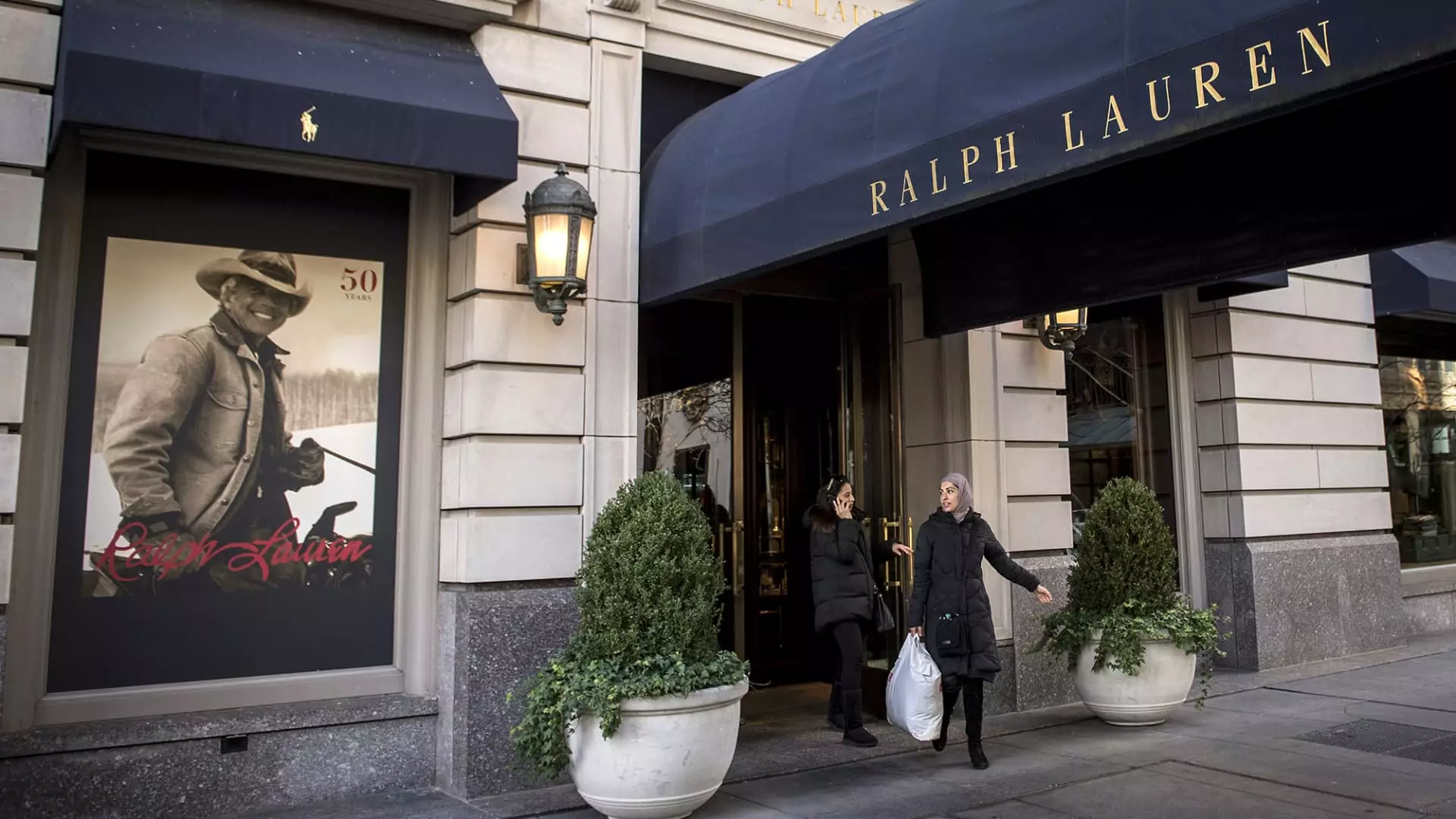When it comes to the tangled web of modern fashion, Ralph Lauren has managed to capture my attention with a noteworthy market bounce of 2.8%. The investment giant Goldman Sachs has declared a triumphant upgrade from neutral to buy, showcasing the company’s relatively lower vulnerability to tariffs compared to its competitors. This assessment is intriguing, considering the overwhelming indicators we often see in the fashion industry that suggest that staying “in vogue” is not a guaranteed path to sustainability. Can this brand, sprinkled with so much heritage and class, actually ride the waves of innovation to maintain its status, or is it merely enjoying a brief respite from the realities of a fickle marketplace?
Duolingo: The Language App with Clout
On a different front, Duolingo has positioned itself impressively with a rise of 1.5%, backed by an upgrade from Citizens JMP Securities. This assessment indicates an optimistic view from analyst Andrew Boone, who notes that the forthcoming opportunities from Duolingo’s Max subscriptions could serve as a significant booster for the company’s stock. Yet, one cannot ignore the irony of an app dedicated to linguistic adaptation while simultaneously facing pressures from educators questioning its efficacy compared to traditional learning. It poses the question: can a digital platform, no matter how innovative, effectively replace the nuanced impact of face-to-face interaction? As appealing as Duolingo’s advances are, I harbor skepticism about its long-term viability in shaping fluent communicators.
Peabody Energy: Politics Meets Profit
The coal industry can often resemble a pendulum, swinging between admiration and disdain. Peabody Energy’s shares surged by 4.8% following President Trump’s proclamation supporting coal production. This endorsement raises eyebrows within the context of a climate-conscious world striving to transition to renewable energy. Is this a moment of profit over principle, or a sign of the times signaling the coal industry’s resilience against mounting environmental pressure? As Democrats push for greener initiatives, Peabody’s triumph is a stark reminder of the tension between economic stability and ecological responsibility.
Kodak’s Unexpected Comeback
In one of the more interesting developments, Eastman Kodak shares experienced a noteworthy hike of over 4% due to a remarkable earnings report indicating a net income surge from a mere $5 million last year to an impressive $26 million in the same quarter this year. What can be deduced from Kodak’s resurgence? It raises pertinent questions about the relevance of legacy companies pivoting towards profitability in an age of rapid technological advances. Is this resurgence genuine innovation, or simply a parlor trick that hides the brewing storm of a market challenged by robust tech competitors? Kodak’s journey from photography giant to an adaptive player warrants scrutiny.
Health vs. Heartbreak: Sarepta Therapeutics Falters
Finally, while some stocks delight investors, others leave them distraught, as evidenced by Sarepta Therapeutics’ alarming decline of over 25% following tragic news about a patient death associated with its treatment for Duchenne muscular dystrophy. While acute liver injury was noted as a potential risk, this situation illustrates the ever-precarious balance between medical innovation and patient safety. Should investors be prepared for intense volatility in biotech companies that navigate the treacherous waters of health advancements? The dilemma raises critical questions about the intersection of profitability and ethics in the biotech realm, challenging us to think critically about the price of progress.
In an unpredictable market landscape, these stories paint a captivating picture of opportunity and caution, affirming the complex interplay of innovation, legacy, and human impact.

